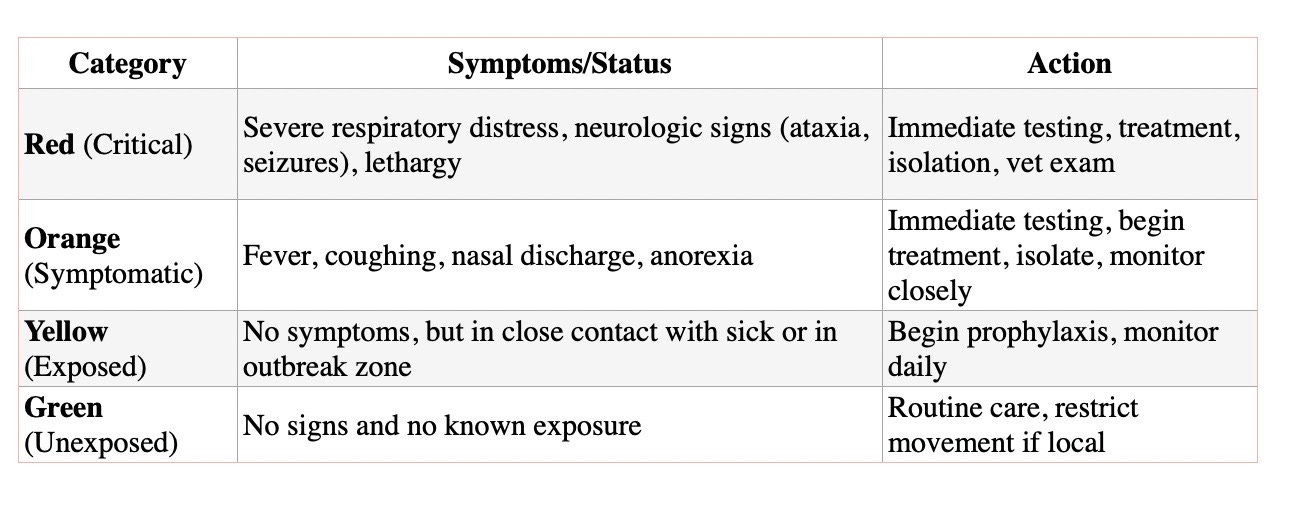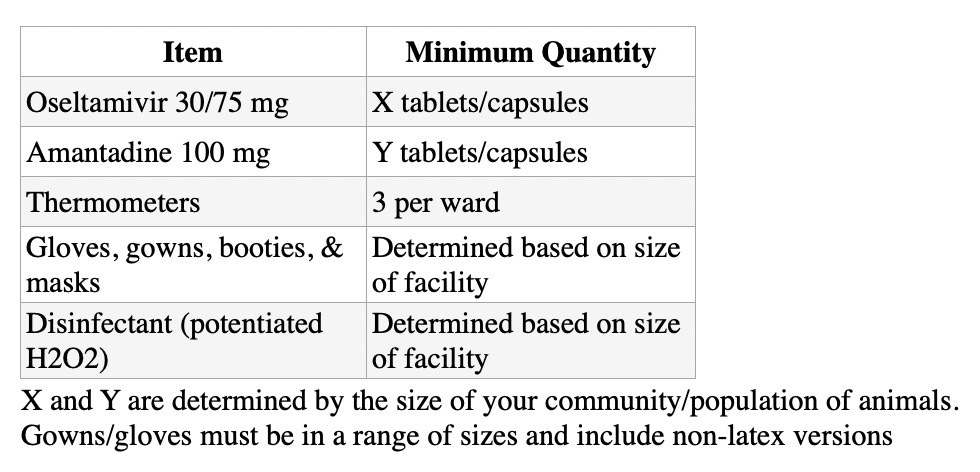🐾 H5N1 Feral & Shelter Cat Triage & Treatment Protocol
Multiple drug protocol- overcoming resistance due to mutations
Mutations are wild, man.
Seriously, influenza mutates like wild. Luckily, with labs dedicated to molecular virology, we can track viral mutation and spread. Mutations, both occurring naturally and through environmental pressure (ie overuse of antiviral medication in poultry), can lead to medications becoming ineffective. Combining drugs from different classes of antiviral medications may be the best way to overcome resistance.
Reduced Risk of Resistance
Influenza viruses mutate rapidly, and resistance to single drugs is well-documented.
The 2025 CDC study (Pascua et al.) showed:
Some M2 blocker resistance (M2-S31N) already exists.
Oseltamivir resistance (e.g., NA-H275Y) is rare but has been detected in past outbreaks.
Combination therapy decreases selective pressure on the virus to adapt to any one drug, slowing the emergence of resistance.
“Combined therapy may produce a synergistic antiviral effect... lowering the risk for resistance emergence” – CDC, 2025
Enhanced Efficacy
Additive or synergistic effects: Studies in mice infected with H5N1 showed that dual therapy resulted in:
Greater reduction in viral titers
Faster clinical improvement
Higher survival rates
Even if one drug has reduced potency (e.g., oseltamivir's ~4x lower efficacy against clade 2.3.4.4b), the combination compensates.
Resource Adaptability
In field situations like shelters, newer antivirals (baloxavir, AV5080) are often cost-prohibitive or unavailable.
Amantadine and oseltamivir are generic, shelf-stable, and widely available, making them practical for:
Rapid deployment during outbreaks
Stockpiling for future zoonotic threats
🛑 Immediate Action in Suspected/Confirmed Outbreak
Isolate symptomatic cats
Respiratory PCR with reflex testing for H5N1 if positive for Flu A
Notify public health/veterinary authorities
Begin PPE protocols (gloves, mask, gown)
🔍 STEP 1: Triage Assessment
💊 STEP 2: Treatment Protocol
✅ Antiviral Combination Therapy (Oseltamivir + Amantadine)
FOR RED + ORANGE (Symptomatic Cats):
🛡️ FOR YELLOW (Exposed, Asymptomatic Cats):
🧪 STEP 3: Monitoring & Isolation
Daily Monitoring:
Temp, appetite, respiratory status
Symptom progression → reclassify triage status
Isolation Recommendations:
Individual cages for symptomatic cats
Cohort exposed cats separately
Disinfect frequently with virucidal agents (e.g., bleach 1:32)
⚠️ Additional Considerations
Do not use amantadine in cats with:
Kidney disease, seizures, pregnancy (without vet consult)
Seek vet advice before mass treatment
Track all cases (symptom onset, location, treatments given)
📦 Stock List for Outbreak Preparedness
See section 13.2 of this article for more on shelter PPE.










Very interesting